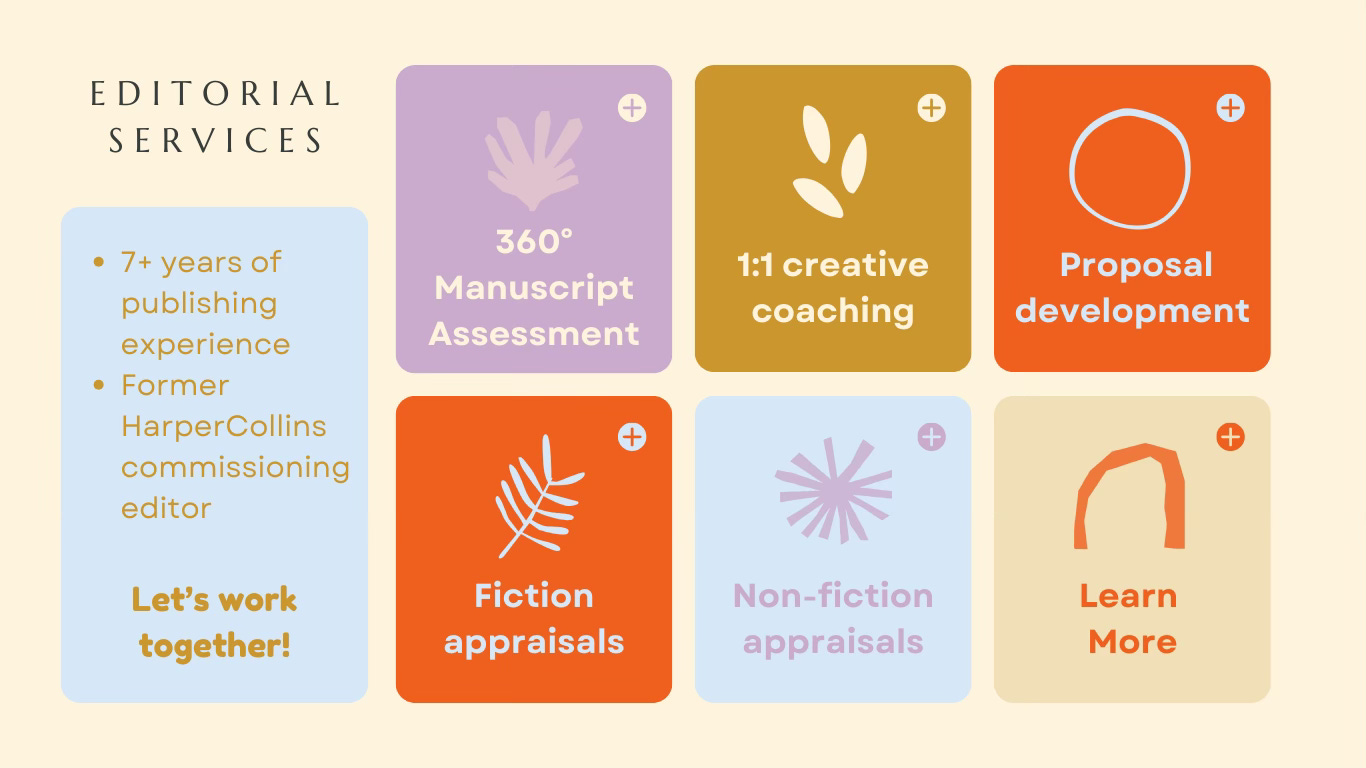What is a creative instinct?
And where can we find it?
As a freelance book editor, I work with writers during a peculiarly vulnerable part of their creative life. Perhaps unsurprisingly, I’ve found that the prospect of being edited often instils fear, even in critically acclaimed writers, who worry that their work will be found lacking. A writer who sends over their manuscript with an apology, for example, is usually someone who approaches edits with a sense of trepidation. In these instances, we’lI spend a portion of our first meeting trying to put those worries aside. As I see it, the work we are about to embark upon is less about judging a manuscript ‘good’ or ‘bad’ and more about moving towards the best possible version of that creative project. This means asking whether the project works on its own terms. And if not – why?
When I work with clients, I want them to appreciate that redrafting is often the starting point, an invitation to engage in much deeper creative work. Just as a sculptor reveals the true form of a piece by chipping away with their chisel, writers must sit with their draft and consider what changes will help it reach its ultimate form.
Helping authors steer their book towards its final destination is a very personal process, which doesn’t always resemble the preconceived ideas they might have about ‘being edited’. Obviously we look at things to cut or add and why a chapter might make better sense structured differently, but part of the work is about getting the author to a headspace where they can approach the process of redrafting with a sense of playfulness and ease. Take it from enthusiast Deborah Levy who says that: ‘editing is the most wonderful part of writing … it begins to roar in the edit.’
If an author, editor and project are working well together, it should become easier for the author to tune into what Kae Tempest describes as an artist’s ‘creative compass’.
… the creative compass is the instinct that drew you to your discipline in the first place, and when you are in connection with it, it will tell you everything you need to know about how you’re doing with your work. It will guide you through difficult creative decisions and will help you distinguish between a motivation to act from a need for approval on the one hand, and a genuine creative compulsion on the other. P.74 On Connection
In my own writing, I experience periods when it’s clear that I’m not fully in connection with the work. These times tend to be when I’m doing the work that I think I ‘should’ be doing, or sounding like, rather than the work which feels natural to me. If find that I’m attempting to mimic the voice of another writer, it’s usually time to stop writing and go for a walk, or perhaps talk to a friend about it. To return to the person I am rather than the person I think I should be.
Nurturing your creative instinct
Perhaps one of the most unhelpful ideas we have about creativity is that it should be a lone pursuit, that artworks emerge fully formed without any outside help or influence. This idea stops lots of artists before they’ve even begun, believing that unless they can produce accomplished work entirely on their own they don’t have any talent. It feels obvious to me that when we are working alone at a project, having slaved away for months or years, it’s sometimes impossible to understand why an idea isn’t fully being realised. This is why inviting other people into the process can be a game-changing experience. It requires trust, in yourself and the other person. But it also requires a recognition of that bigger picture, and returning to the original vision that you had for that work.
This evening I’m meeting up with two other women who, like me, are also working on novels. We have a whatsapp group called the Tiny Novel Collective and generally use it to bat ideas around or share bits of our work. When we meet up we’ll drink some wine (I hope) and discuss any challenges we’re facing. It sounds obvious, but having support from other people engaged in the creative flow themselves can be transformational, both for your project, but also in finding ways to return to your creative compass. Sensing at which point it feels right to invite others in is an art in itself, and something any good editor will be able to help you understand. But it’s usually when you feel that you’ve done as much as you can do on your own. Far from being a solitary process, writing is often strengthened from engagement with the minds and perspectives of others.
Here’s one last pearl of wisdom from Toni Morrison:
Writers all devise ways to approach that place where they expect to make the contact, where they become the conduit, or where they engage in this mysterious process … I tell my students one of the most important things they need to know is when they are their best, creatively. They need to ask themselves, What does the ideal room look like? Is there music? Is there silence? Is there chaos outside or is there serenity outside? What do I need in order to release my imagination?
I would add one more thing to this list: who are the people I can trust with this work? The people who really get it?
Some exciting news: I’m opening up my editorial books and currently have availability for new clients. Here’s what writers I’ve worked with have to say:
‘I have had the pleasure of working with Grace on a couple of projects. Her feedback was clear, honest and helpful. She makes the editorial process feel manageable and provides feedback that greatly improves the standard of the work. I would not hesitate to recommend her work.’
‘Grace was incredibly skilled at helping to steer the structure of the book towards a coherent product. It is no exaggeration to say that there would not be a publishable book without her.’






Thanks Grace. Connection with you makes me feel Human again in the way I wish to be a Human